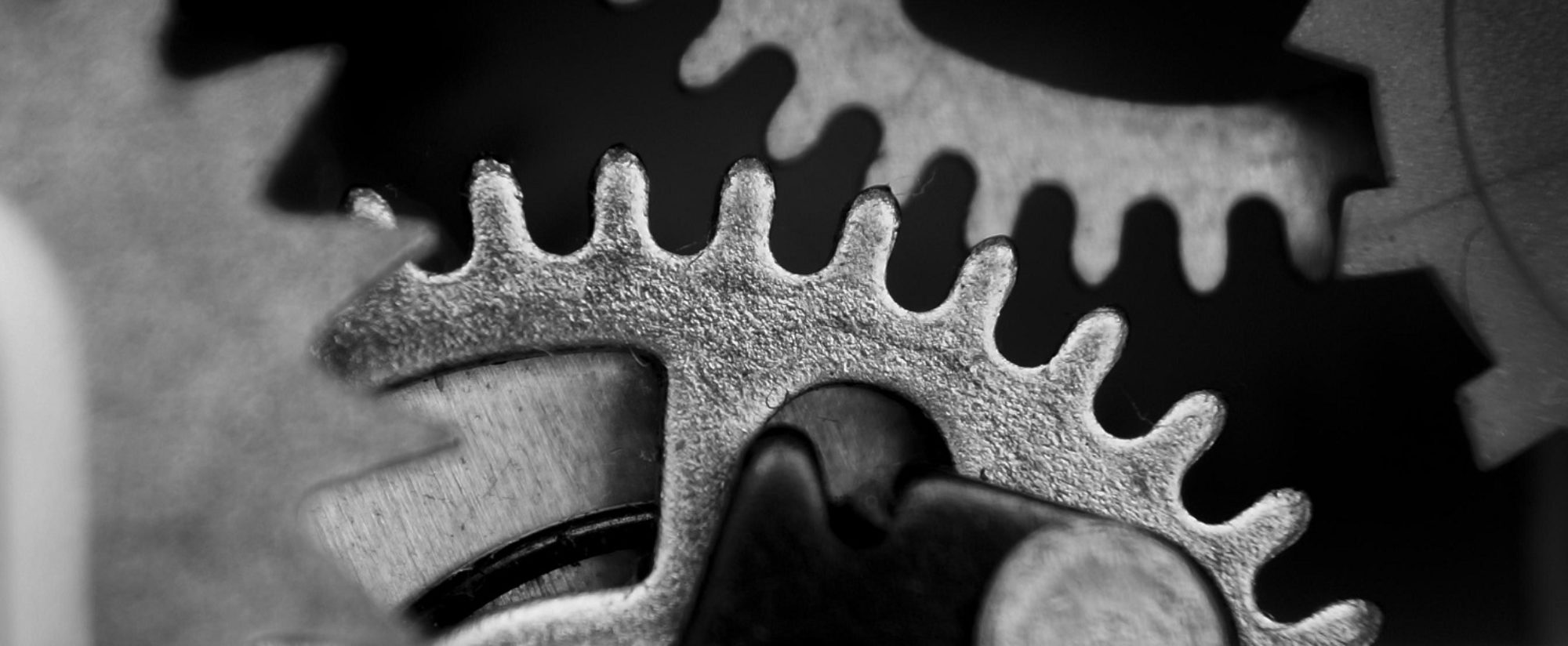Hi and welcome to this post which is part of my series on the Sparks exhibition currently hosted at Esplora in Malta until the end of August 2017. You can read the rest of the series by viewing the Sparks category.
The first of the three themes in the Sparks exhibition is DIY Biology. In my previous post I talked about the ‘story’ of Pieter van Boheemen, who is leading a citizen science project to try to discover new antibiotics.
This story is about biochemist Bethan Wolfenden and designer Philipp Boeing, and their product the Bento Lab, which is an “all-in-one DNA analysis lab” containing the basic equipment you need for molecular biology projects.
Creating a DNA Laboratory
When it comes to doing your own home biology experiments, the main barrier isn’t education or having enough space – it’s access to affordable tools.
For DNA projects, there are three main processes you need to be able to do: extract the DNA from the cells, amplify (multiply) it, and then visualise it so you can analyse it.
To extract DNA from a sample, you need a centrifuge. To amplify your tiny sample into enough DNA to be usable, you need a PCR (polymerase chain reactions) machine. And finally, an illuminated gel unit will let you visualise your DNA. Find out more by watching this short video course on DNA Analysis at Khan Academy!
Buying the necessary machines commercially would cost thousands and thousands of euro to set up a lab, which is out of reach for most hobbyists and even most community labs.
In the previous Sparks story, we saw how Pieter van Boheeven dealt with this by creating home-made lab equipment (which is relatively cheap, but ‘costs’ a lot more in time and effort to learn, to find all the parts, and to actually build the equipment).
In this story we see a different approach, the creation of a budget version of very expensive machines, which has a small capacity (not great for a commercial lab) but a wonderful size (and price) for schools, community labs and dedicated hobbyists.
This idea of creating smaller, budget-friendly molecular biology lab equipment is not a new one – the OpenPCR has been around for years, for example (and the Bento Lab creators credit it as part of their foundation!). It currently goes for $500, and you build it yourself (takes a few hours). However the idea of combining PCR, a centrifuge and gel electrophoresis into one portable box takes things a step further.
Open Source – the way forward!
The reason why OpenPCR is called “open” is that it is open source, which means that the creators make the plans (and lots of info about it) available to the public, at no charge. Instead of keeping secrets, the results of their hard work is available so that other people can benefit too and go on to build something further, such as, yes, the Bento Lab.
The creators of Bento Lab acknowledge that they have benefited greatly from the knowledge that other people have shared with them, either directly or via open source projects, and they’ve said that they are also going to make some of their project available to the public, such as the software which runs Bento Lab, and the plans for making the parts (so that other people can make their own Bento Lab parts).
Idea to prototype to product to production
Bethan and Philipp started with an idea, talked to a lot of people, came up with a model, and then sought University grants and competition prize money to use to continue developing the project, starting off with just a few hundred pounds. The more they developed the project, the more investment they were able to get.
This is an early version of the Bento Lab – back then in 2013, it was called the “Darwin Toolbox”. Presentation is important – this prototype helped other people visualise what it would look like and how it could work.

Fast forward two years to 2015, and the renamed Bento Lab is looking a lot more polished!

Bethan and Philipp used the kickstarter platform to raise money to fund their first production run. The idea behind kickstarter is that instead of having one or a few main investors who each contribute a large amount of money for you to get your company going, instead you invite the general public to crowdfund you, so you have many investors contributing small amounts. As an incentive, you offer rewards such as gifts or discounts. There are pros and cons to both approaches, for both the entrepreneurs and the investors.
Here’s the Bento Lab kickstarter video.
I also enjoyed watching this presentation by Bethan from last year, because she also shares how the idea came about, and how, through talking to lots of people while it was still only an idea, she and Philipp realised that their product would actually interest a lot more people in a lot more fields than they originally thought.
Their kickstarter updates make for a fascinating behind-the-scenes look at the process of moving from a prototype product to full blown production, which includes problems such as dealing with suppliers dragging their feet, and materials that don’t look like the sample did.
The version of the Bento Lab that you can see in the Sparks exhibit is a beta model, and since then they have continued to develop the product until now, in July 2017, they’re getting ready to assemble the first batch of finalised Bento Labs, and then start the main production run. Exciting times!

Are you interested in starting your own technology company in Malta or creating a new product? Have a word with the nice people at Takeoff, who can guide you regarding many aspects of this challenging (but rewarding!) process.
Here’s the rest of my series about the interesting stories in the Sparks exhibition.
